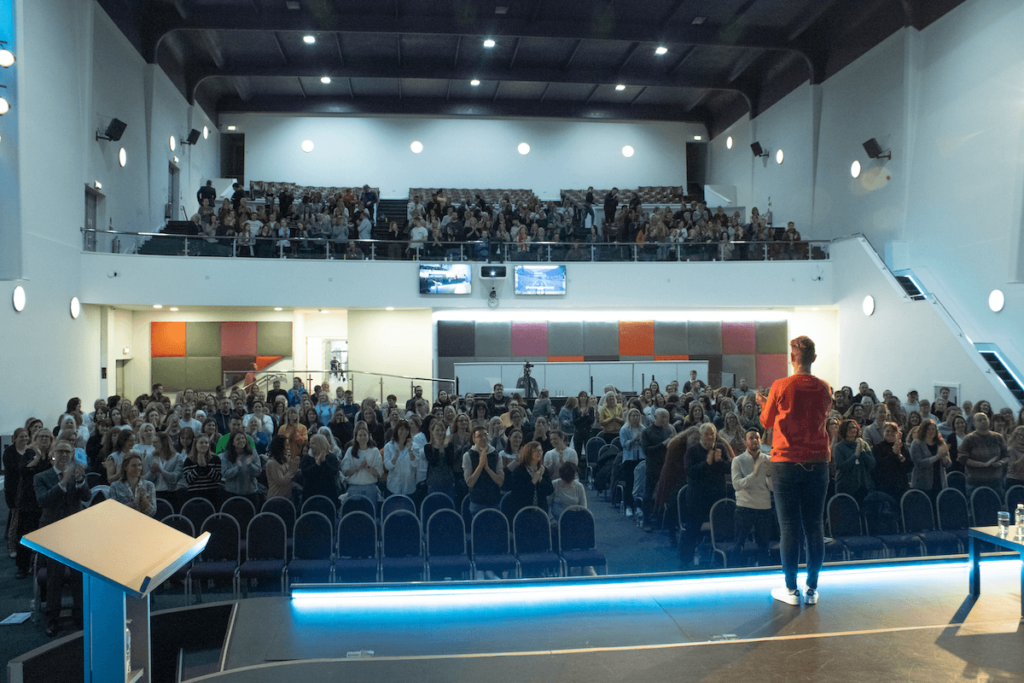After I deliver my keynote, I’m often asked by the HR / People teams for suggestions on embedding the notion of cadence into the culture. Whilst we do more structured work on this with some of our clients, there is a basic framework that anyone who’s heard my content can adopt. It’s called VALUE, and I’m going to explain it in this post.
A quick work on cadence. Cadence is about managing energy. Identify the big events coming up in your personal and professional life; prepare yourself by making small improvements in sleep, mental wellbeing and energy; complete the task or event; allow your nervous system to recover by prioritising slivers of recovery into the day. It’s a simple four-step approach that anyone can follow.
Implementing Cadence with VALUE
But after the keynote, what should an HR/People team focus on to implement the approach? The answer: VALUE – hopefully easy to remember because ultimately, that’s what it’s all about. I bring an immense amount of value to my clients via keynotes and related content, and the HR/People leads deliver value to their teams by introducing new ways of working and thinking about managing personal energy.
V is for values. Alongside profitability, growth and customer-centric values, companies need to embed wellbeing into their values. The health of your people directly correlates with the health of your business.
A for action. Implementation of these ideas is key, and ideally whilst there’s still momentum. Leaders must role model desired behaviours, which then must be rewarded when demonstrated by team members. Just prioritise taking action.
L is for language. Adapt the commonly-used language to reflect the importance of wellbeing. Use phrases from my keynote such as ‘Wimbledons’, ‘red flags’ and ‘slivers of recovery’ but find out what terms or expressions stood out for the team and include those.
U is for you. As a leader, it starts with you. What can you do to prioritise your own wellbeing and be a positive role model? Check out the Cadence Approach Scorecard to see where you measure up: https://leannespencer.co.uk/cadence-scorecard/
E is for everyone else. If the values are set, action has been taken, language has been adapted and you’re a positive role model for wellbeing, it’s now down to the rest of the team to follow on and take their own personal action steps.
A Helping Hand
This is simple stuff in many ways but can be harder to implement in reality. If you’d like to discuss our workshops or the Cadence Approach Leadership program, just get in touch and we’ll arrange a chat.
For more wellbeing content, follow @leannespencerkeynote on Insta and LinkedIn.
Find out more about the Cadence Approach by buying Leanne’s bestselling book Cadence.
Interested in having Leanne speak to your audience? Book a free, no-obligation discovery call or enquire here: https://leannespencer.co.uk/contact/


